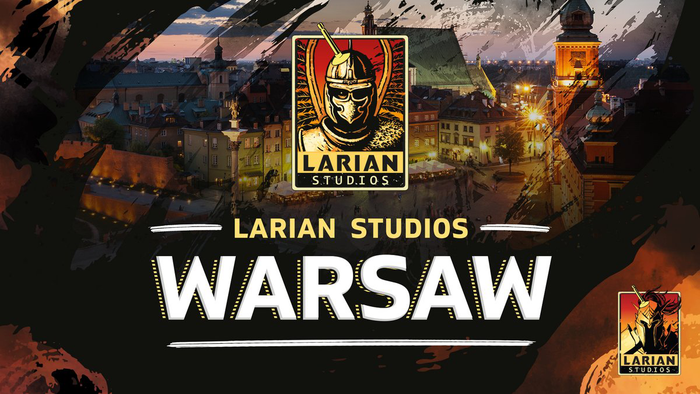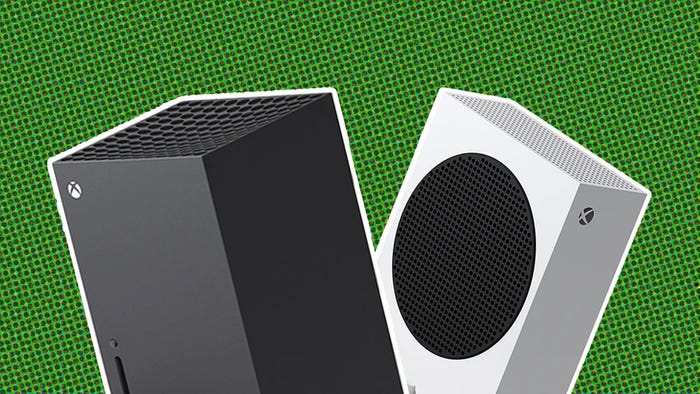CES: Nvidia, Qualcomm aim to help devs break through noisy Android market
Having the best-looking 3D-rendered games available on tablets means little if no one can find them. Gamasutra speaks with Nvidia and Qualcomm about how they hope to solve the discoverability problem.

As chipset makers cram increasingly powerful processors into mobile devices, some game developers are eager to take advantage of that power, creating beautiful 3D-rendered games that simply weren't possible on mobile devices even just a couple years ago. But as companies like Qualcomm and Nvidia push the graphical envelope with their respective Snapdragon and Tegra chipsets, the issue for Android game developers is making sure people who own high-end mobile hardware can find the games that fully utilize the power of those processors. It's a challenge in a fragmented marketplace that's populated with so many apps and games. That's where apps like Qualcomm's newly-launched Game Command and Nvidia's Tegra Zone come into play -- two apps that help with discoverability as well as promote advanced chipsets. "We've got multiple chips in the [Snapdragon] S4 family," Qualcomm games head Dave Durnil told Gamasutra at CES this week. "We want to show off that technology in a very easy way and show what's possible." The company works closely with developers to optimize their games for the chipset. Once games are optimized, they are highlighted for players through Qualcomm's GamePack. Introduced last year on the Android Market, it's a collection of over 100 games optimized for the chip. Game Command, launched this week on Android Market, takes it a step further, aggregating GamePack titles. Game Command looks at all of the games in the GamePack -- not the much larger library of games in the total Android Market -- and filters them by the users' particular mobile device in terms of hardware performance. The app also aggregates video game news. "Right now, it's exclusive to Snapdragon, but in time we'll roll it out to every platform," said Derlin. Qualcomm is also in talks with manufacturers about having Game Command pre-installed on mobile devices, Derlin said, so that users are able to discover the app, which is intended to improve discoverability. Meanwhile, Nvidia was pushing its Tegra 3 chipset at CES, demoing some impressive-looking tablet games that are nearing console quality, from a graphics standpoint. It's very much in Nvidia's interest to point out game that are pushing the limits of its technology, and its TegraZone, launched last year, helps do that. TegraZone lets users search and download Android games that are optimized for Nvidia Tegra phones and tablets, as well as read reviews and see videos and screenshots of the games. Like Qualcomm, Nvidia works closely with game developers to get their games optimized for Tegra. Currently, these initiatives only really benefit developers who make games optimized for specific families of processors, so not every developer can reap the benefits (but picking out specific content is kind of the point). And while these chip-centric discoverability apps have their benefits, they have also been criticized for further fragmenting an already-fragmented Android market. Nvidia technical marketing director Nick Stam told Gamasutra, "Some people say, 'Gee, you're fragmenting the market because you're now taking those [Tegra-optimized] appliations and putting them in another whole market area and making it more complicated.'" "We think it's just the opposite," he argued. "People who have Tegra devices would like to know which applications work best with our tech. And we work with developers to have their applications inlcuded in our TegraZone to make it easier for the end user to discover rich content. ... We don't think that's fragmenting anything, we think it befefits the user." The "hardcore" mobile gaming race is heating up thanks to new chips, tablets with large, gorgeous screens and emerging features like controller and TV connectivity. Qualcomm is in the race with an internal game development team with a headcount of around 30, Derlin said, that gives the chipmaker direct experience in making games for its Snapdragon. The company has yet to launch a game, but will soon, and plans to release a title about once a year, while helping external developers optimize their games for Snapdragon. Qualcomm works with developers using a variety of engines including Unreal Engine 3 and proprietary engines, but Derlin said, "We're focusing a little bit more on Unity. They're moving in the space a lot faster, and they're putting more effort into it with more games. So a lot of games that we're building in-house, we're going to use that engine." Nvidia continues to push its Tegra line as a high-performance option for mobiles. Stam clearly backs his own company's efforts, saying "You'll see much better quality in the Tegra-enabled games," as opposed to the competition's. But one thing he said is for certain: "It's up to the end user to check that out for themselves."
About the Author(s)
You May Also Like













